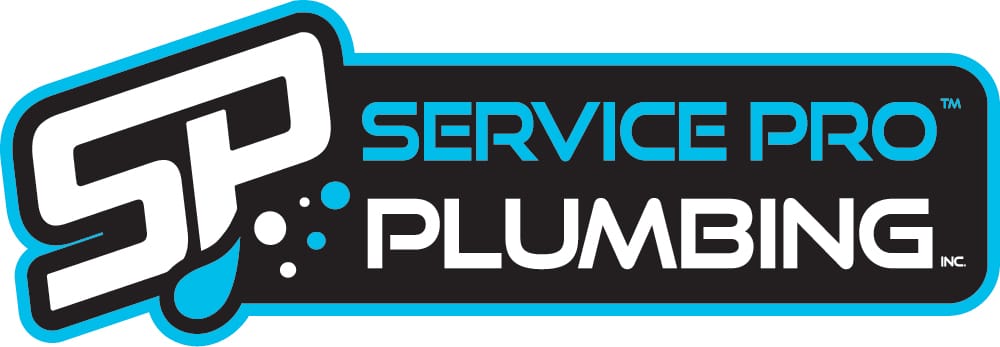What Is A Sump Pump & Why Do I Need One in Vancouver, WA?
In the realm of home maintenance, the term “sump pump” may not be as familiar as the more mainstream appliances, but its significance cannot be overstated, especially in regions like Vancouver, WA. As we delve into the intricacies of sump pumps and the crucial role they play in safeguarding homes from potential water damage, we’ll also explore the importance of insulation, drawing attention to the nuanced benefits of a well-insulated sump pump in Vancouver WA.
Understanding the Basics: What is a Sump Pump?
A sump pump is a relatively humble yet essential fixture in many households, particularly those situated in areas prone to heavy rainfall or with a high water table. It is typically installed in a pit or sump basin located in the lowest part of the basement or crawl space. The primary function of a sump pump is to prevent flooding by efficiently redirecting accumulated water away from the foundation of the house.
Types of Sump Pumps: Vertical vs. Submersible
Vertical Sump Pumps:
Vertical Sump Pump in Vancouver WA, also known as pedestal sump pumps, have a motor mounted on top of a column. The column extends down into the sump pit, with the pump impeller at the base. This design allows for easy access and maintenance, making them a popular choice for homeowners who prioritize simplicity and accessibility.
Submersible Pumps:
On the other hand, submersible sump pumps are entirely submerged in the sump pit. They are sealed to prevent water from entering the motor, offering a quieter operation and a sleeker appearance. Submersible pumps are generally more powerful and are ideal for situations that demand a higher pumping capacity.
Why Do I Need a Sump Pump?
1. Flood Prevention:
One of the primary reasons for installing a sump pump is to prevent flooding. Heavy rain, melting snow, or even sudden plumbing failures can lead to water accumulation in basements or crawl spaces. A functional sump pump ensures that this excess water is promptly pumped away from the foundation, minimizing the risk of structural damage.
2. Mold and Mildew Prevention:
Stagnant water in basements or crawl spaces can create a conducive environment for mold and mildew growth. These not only pose health risks but can also lead to costly remediation efforts. A sump pump, by keeping these areas dry, acts as a proactive measure against the development of mold and mildew.
3. Property Value Protection:
Investing in a sump pump is an investment in your property’s longevity and resale value. Potential buyers are often wary of homes with a history of water damage, and a well-maintained sump pump system sends a reassuring message about the care and protection of the property.
The Importance of Proper Insulation:
While the significance of a sump pump is clear, the role of insulation in optimizing its performance is often overlooked. In a region like Vancouver, WA, where temperatures can fluctuate, and winter brings the potential for freezing conditions, insulating your sump pump becomes paramount.
1. Preventing Freezing
Insulating your sump pump and the discharge pipe helps prevent freezing during colder months. When water freezes, it can damage the pump and obstruct the flow of water. This insulation not only safeguards the pump’s mechanical components but also ensures its operational efficiency during the winter.
2. Energy Efficiency
Insulating the sump pump and its components contributes to energy efficiency. By maintaining a consistent temperature around the pump, insulation reduces the workload on the motor, ultimately leading to lower energy consumption. This not only benefits the environment but also translates into cost savings for the homeowner.
3. Extended Lifespan
Just as we insulate our homes to protect them from extreme temperatures, insulating a sump pump contributes to its longevity. By shielding it from the adverse effects of temperature fluctuations, insulation minimizes wear and tear, allowing the pump to operate optimally for an extended period.
4. Noise Reduction
Insulation also plays a role in reducing the operational noise of the sump pump. Uninsulated pumps can generate vibrations and loud noises, potentially causing disturbances in living spaces. A well-insulated sump pump operates more quietly, ensuring a peaceful home environment.
Choosing the Right Insulated Sump Pump Cover
When it comes to insulation, an insulated sump pump cover is a crucial component. Here are some considerations when selecting the right cover for your sump pump:
1. Material
Opt for covers made from durable and insulating materials. Foam or fiberglass covers are popular choices for their excellent insulating properties.
2. Easy Accessibility
Ensure that the cover allows for easy access to the sump pump for regular maintenance and inspection. A well-designed cover strikes a balance between insulation and accessibility.
3. Size and Fit
Select a cover that fits your sump pump adequately. An ill-fitting cover can compromise insulation and, consequently, the pump’s efficiency.
4. Waterproofing
Choose a cover that is resistant to water infiltration. This not only protects the pump from potential water damage but also enhances the insulation’s effectiveness.
Elevating Home Protection in Vancouver, WA
In the rainy climate of Vancouver, WA, where the risk of water damage is a constant concern, a sump pump serves as a reliable guardian for your home’s foundation. However, to maximize its efficacy, proper insulation is non-negotiable. Whether it’s safeguarding against freezing temperatures, ensuring energy efficiency, or simply prolonging the life of your sump pump, insulation plays a pivotal role.
Investing in a high-quality, insulated sump pump cover and maintaining a regular inspection routine can make a significant difference in the overall performance and longevity of your sump pump system. As you fortify your home against the elements, remember that a well-insulated sump pump is not just a practical necessity; it’s a safeguard for the longevity and resilience of your home in the beautiful, but often challenging, Vancouver, WA.
